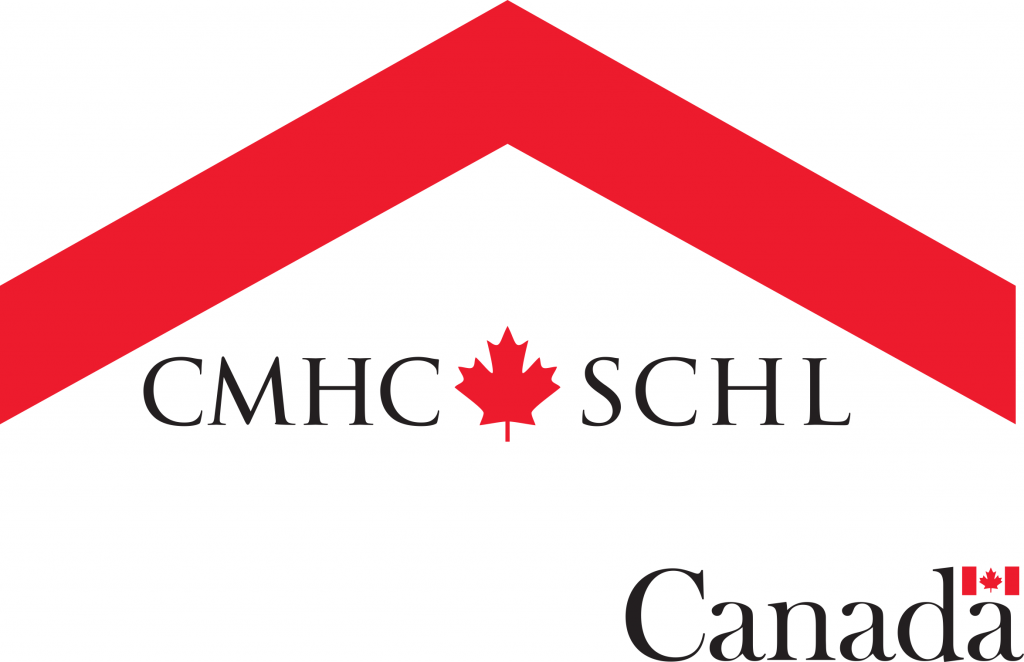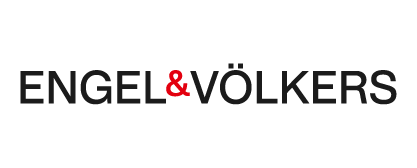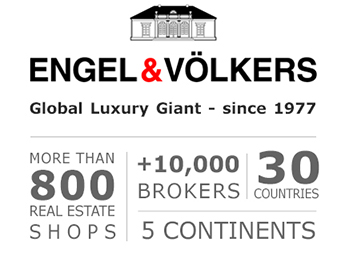Properties

CMHC – Canada Real Estate vs. USA Real Estate
CMHC – Canada Real Estate vs. USA Real Estate

Comparing Canada and U.S. Housing Finance Systems

Canada and U.S. Housing Policy
- Canada, unlike the U.S., does not have a policy goal of increasing the rate of homeownership. Rather, we encourage the availability of housing across a variety of tenure types — homeownership, rental housing, supportive housing and transitional housing. The housing needs of low-income Canadians are addressed through government assistance programs.
- In the U.S., federal policy actively encourages homeownership. Consistent with this policy, Fannie Mae and Freddie Mac, as privately owned but government-sponsored enterprises, were, before the recent economic downturn, required to support mortgages to low-income borrowers in specific neighbourhoods and geographic areas, as well as to other high-risk groups.
- In Canada, mortgages issued by federally regulated lenders to borrowers who have less than a 20 per cent down payment must be insured. Banks in the U.S. are not legally required to use mortgage loan insurance; however, since Fannie Mae and Freddie Mac are prohibited from purchasing uninsured mortgages when the borrower makes a down payment of less than 20 per cent, U.S. banks will often require mortgage loan insurance.
- As a public mortgage insurer, CMHC provides service in all parts of the country, including rural and smaller markets that may not be served or well-served by private insurers. CMHC also insures mortgages for large rental housing developments and nursing and retirement homes, important segments of the housing market that are not served by private mortgage insurers in Canada.
- CMHC does not seek to maximize profit through its commercial activities, but rather to earn a reasonable rate of return within its overall public mandate. All of these returns accrue to the Government of Canada. In the U.S., Fannie Mae and Freddie Mac, as privately owned companies, endeavoured to maximize shareholder returns.
Mortgage Insurance in Canada and the U.S.
- In Canada, the Bank Act prohibits federally regulated banks from providing residential mortgages without mortgage loan insurance if the loan is greater than 80 per cent of the purchase price or value of the home. This insurance, which can be purchased from CMHC or private insurers, covers the entire amount of the loan and is for the entire life of the mortgage.
- The insurance remains in place at term renewal and can be transferred if the borrower decides to switch lenders or even switch homes. Mortgage insurance premiums are typically paid by the borrower, either up front in a lump sum, or added to the mortgage principal and blended with the regular mortgage payment. There is no annual fee.
- In the U.S., banks will often require mortgage loan insurance even though there is no legal requirement to do so. This is because Fannie Mae and Freddie Mac are prohibited from purchasing uninsured mortgages when the borrower makes a down payment of less than 20 per cent.
- Insurance for loans purchased by Fannie Mae and Freddie Mac is provided by private mortgage insurers and typically paid through monthly premiums billed to the borrower (rather than a lump-sum amount). The coverage provided by private mortgage insurance is “partial,” meaning that claim payments are usually subject to conditions, similar to co-payments and deductibles.
- Mortgage insurance is also offered by the federal government in the U.S. through the Federal Housing Administration (FHA). FHA insurance coverage is similar to that offered by Canadian mortgage insurers, protecting lenders for the entire amount of the loan and the entire life of the mortgage. While FHA coverage is comparable to Canadian coverage, the premium structure is different; FHA-insured loans have annual fees, as well as a one-time up-front payment.
Mortgages in Canada and the U.S.
- In Canada, the most common mortgage is the five-year fixed-rate closed mortgage. Historically in the U.S., the most common mortgage has been the 30-year fixed-rate open mortgage.
- Many mortgage borrowers in Canada have the option of transferring their mortgage (including the mortgage insurance) if they decide to sell one property and purchase another. This can be of particular benefit to borrowers if mortgage rates have risen since they obtained or last renewed their mortgage. Mortgage borrowers in the U.S. do not have this option.
- In Canada, mortgages are typically “full-recourse” loans, which mean the borrower continues to be responsible for repaying the loan even in the case of foreclosure. Lenders can take legal action to recoup money from the homeowner if a foreclosed home is sold for less than the amount owing on the mortgage. In many U.S. jurisdictions, mortgages are “non-recourse,” which means that borrowers can often walk away from their homes and the associated mortgage debt, leaving lenders with no recourse beyond the property.
- Mortgage interest on a principal residence can be deducted from taxable income in the U.S.: the larger the mortgage, the more interest that can be deducted. Homeowner mortgage interest is not tax deductible in Canada, so there is no incentive for borrowers to maintain a high mortgage balance.
- Approximately 70 per cent of Canadian mortgages are insured. In the U.S., during the years preceding the economic downturn in 2008, about 15 per cent of mortgages were insured.
- Due to prudent underwriting standards and the high quality of mortgage lending, the rate of mortgage arrears in Canada is less than one half of one per cent, according to the Canadian Bankers Association (CBA)’s backgrounder, Canada’s Strong Banking System: Benefitting Canadians, which also reports that the rate of arrears in the U.S. is nearly ten times higher than in Canada.
Sub-prime Mortgages in Canada and the U.S.
- New types of “exotic” mortgages became popular in the U.S in the years leading up to the economic downturn. These mortgages often featured “teaser rates” that kept initial monthly payments artificially low, only to have them increase significantly later in the mortgage. Features such as this were never adopted by major Canadian mortgage lenders.
- The sub-prime market did not take hold in Canada to the extent that it did in the U.S., where the vast majority of mortgages were originated by third parties and then packaged and sold to investors who often did not understand the associated risk. Most mortgages in Canada, on the other hand, are originated and retained by institutions whose goal is to maintain a long-term relationship with the borrower. CMHC does not insure sub-prime mortgages.
- Canadian banks, trust companies and credit unions tend to have a broader relationship with their customers than just a mortgage, also offering credit cards, car loans and investments. They have a financial interest in ensuring that borrowers do not take on unmanageable debt, which reinforces their motivation to prudently underwrite mortgages.
- The Canadian banking system is dominated by five or six large banks that together hold the majority of domestic banking assets. The large banks are in turn diversified geographically and across product lines, while the non-traditional, or shadow, banking system is relatively limited in scope compared with that of the U.S. Oversight is facilitated by a single authority (the Office of the Superintendent of Financial Institutions, or OSFI), which has responsibility for the prudential oversight of these federally incorporated institutions. Communication with the banking community is thus reasonably straightforward.
- There is a strong focus on the quality of the banks’ risk-management practices. While this is often attributed to a traditionally conservative business culture in Canada, an important factor here is the difficult lessons learned from previous banking problems. An example is the economic difficulties in the early 1990s, which included a significant housing downturn. Canadian banks therefore entered the recent period of financial stress with better risk-management practices, focused on limiting credit losses, than in previous episodes. This helped to limit their exposure to some potentially riskier sectors and products. For example, subprime mortgages, as they occurred in the U.S. market, remained a relatively limited phenomenon in Canada.
http://www.cmhc-schl.gc.ca/en/corp/nero/jufa/jufa_018.cfm



 CMHC – Canada Real Estate vs. USA Real Estate
CMHC – Canada Real Estate vs. USA Real Estate 


